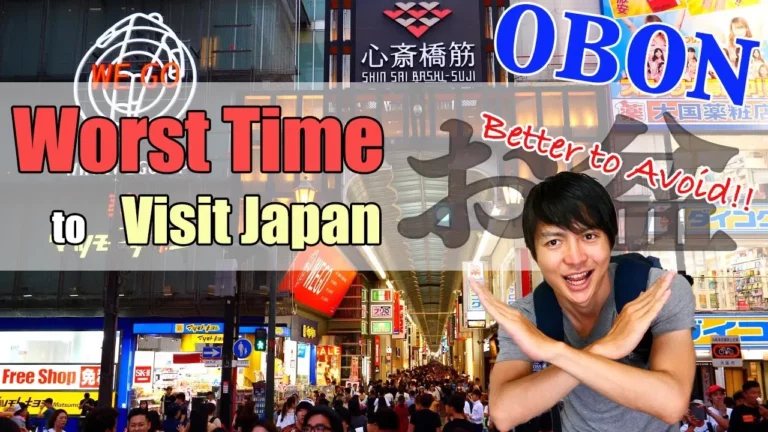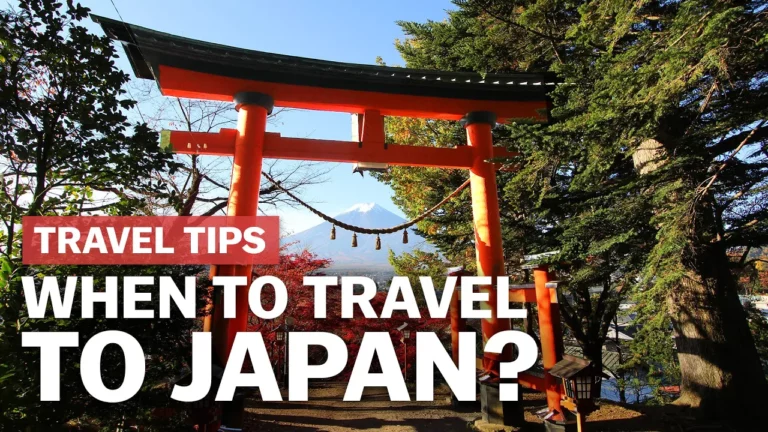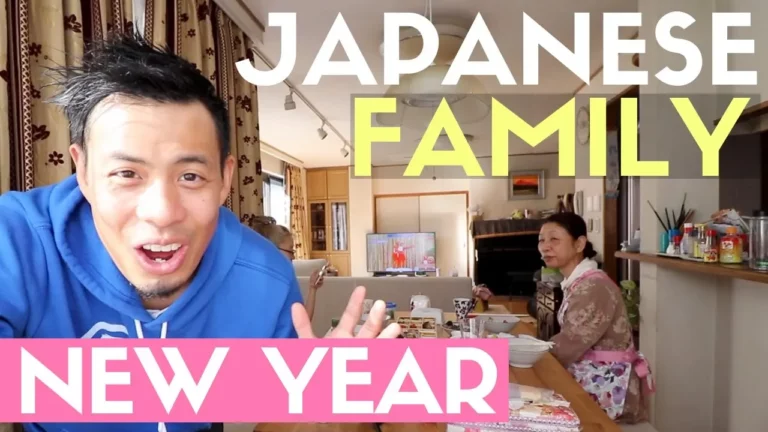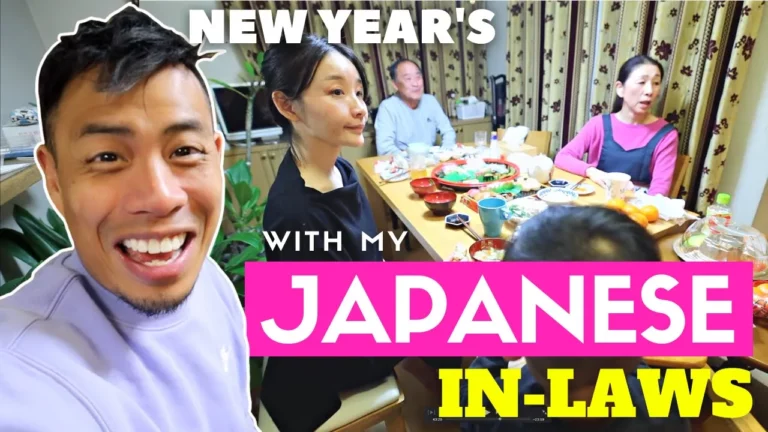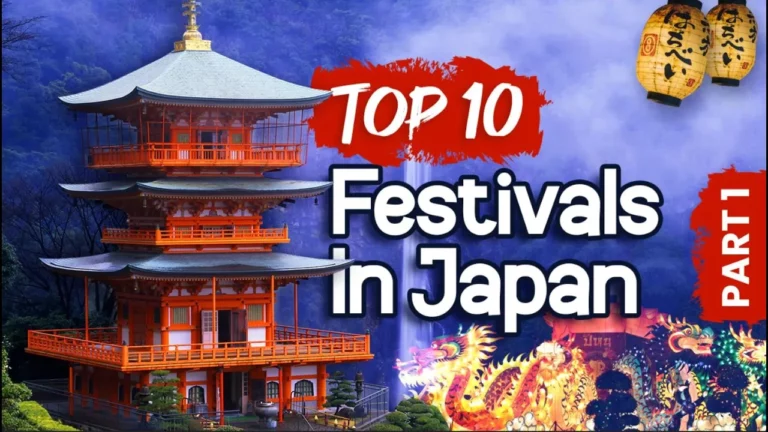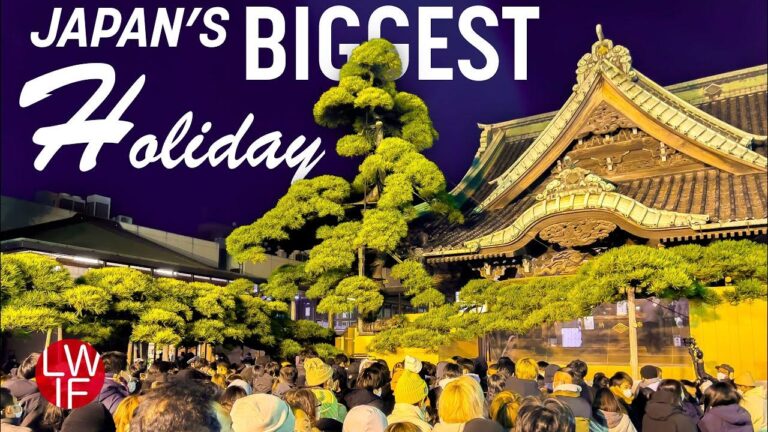Obon is a poignant and culturally rich three-day holiday in Japan that holds significant importance in honoring ancestors and deceased family members. Originating from the Ullambana festival in India, Obon is a blend of Buddhist and Confucian traditions that have been celebrated in Japan for over 500 years. Unlike most holidays that last for just a day, Obon is a time when families come together for reunions, pay respects at ancestors’ graves, and partake in vibrant festivities.
Traditionally celebrated on the fifteenth day of the seventh month of the lunar calendar, Obon’s observance shifted with Japan’s transition to the Gregorian calendar, leading to the classification of three different times for the holiday: Shichigatsu bon, Hachigatsu bon, and Kyu bon. This shift resulted in varied celebration times across different regions in Japan. Shichigatsu bon, observed around July 15th, is prevalent in the Tohoku region and part of the Kanto region, while Hachigatsu bon, celebrated around August 15th, is when most Japanese people partake in the festivities.
During Obon, families come together to clean ancestors’ graves, engage in family bonding, and participate in traditional dances like bon Odori, accompanied by the rhythmic beats of taiko drums. The atmosphere is steeped in cultural significance, with many individuals donning yukatas, a lighter and more casual version of traditional Japanese kimonos. The festivals are illuminated by lanterns believed to guide spirits back to their families, adding a mystical aura to the celebrations.
Despite its association with death, Obon is not a time of mourning but rather a joyous occasion of remembrance and celebration. It serves as a beautiful reflection of Japanese culture, emphasizing the importance of family, tradition, and honoring the ancestors. So, next time you hear about Obon, remember the vibrant dances, the heartfelt reunions, and the deep-rooted cultural connections that make this holiday a cherished part of Japan’s heritage.


